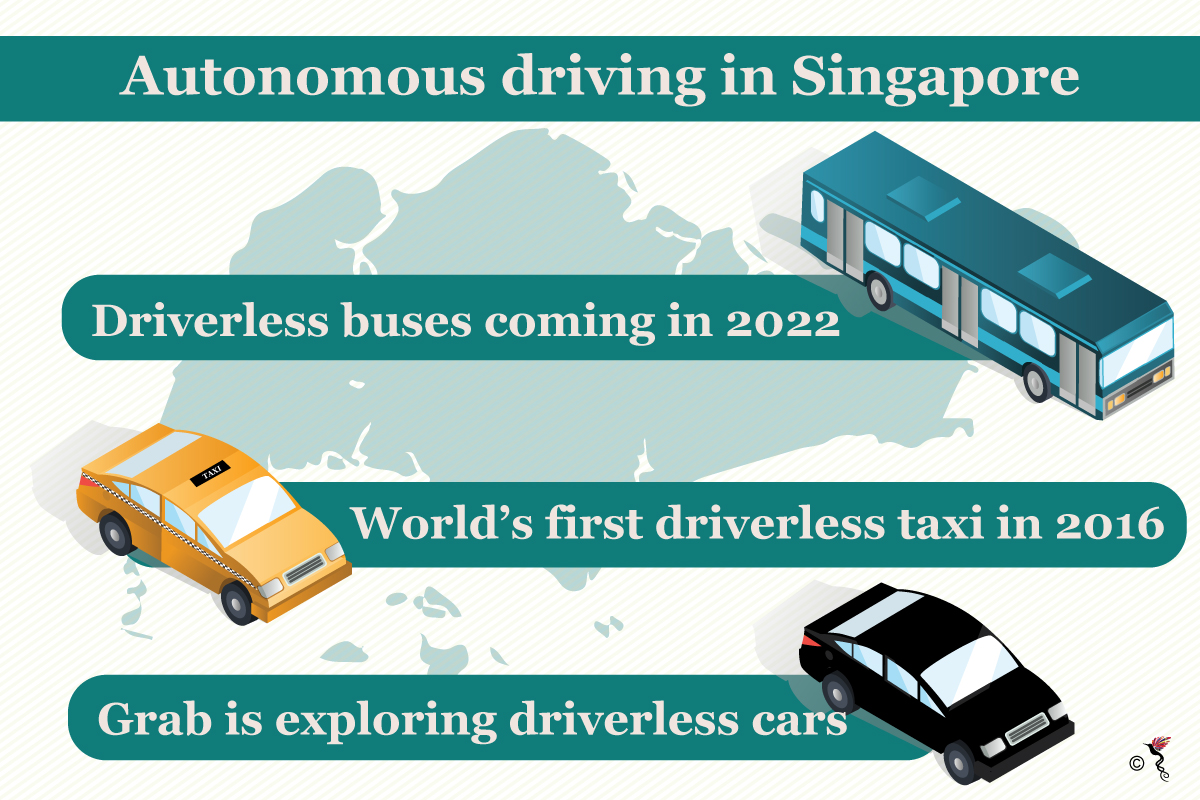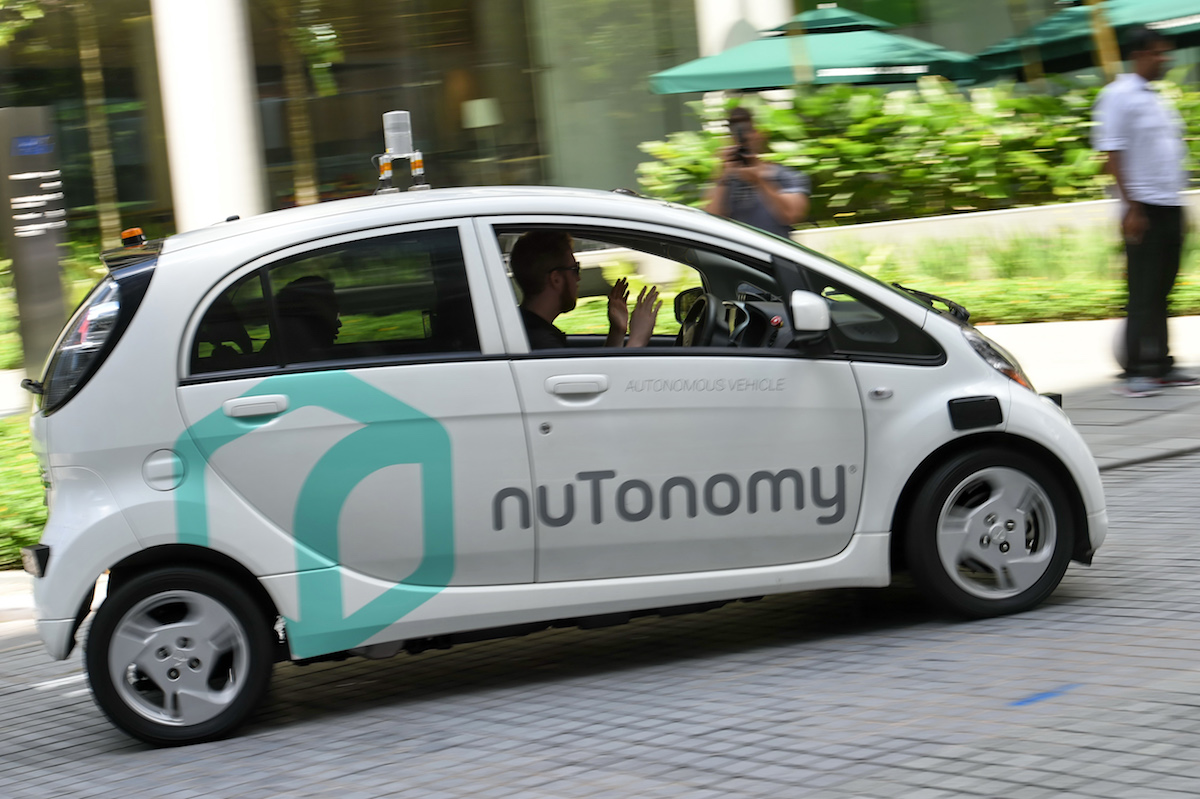Autonomous cars have been all the rage in recent years.
Car manufacturers like Audi have made developments in autonomous cars a big part of their marketing push.
It’s not hard to see why, considering how drastically the technology could affect one the world’s most fundamental experiences: driving.
Since Henry Ford first made driving affordable in 1908, a key part of the driving experience has been the requirement for a human driver. A car, as pretty as it may look, was completely useless without a human’s guidance.
Then, science fiction novels began to dream of the future. These stories began to speak of a time where cars could magically drive themselves with no human interference.
While it may have taken a few decades, this futuristic fantasy may soon be upon us. The age of driverless cars is almost here.
Though Europe and the US may have more advanced autonomous driving programs, Southeast Asia is also on the rise.
Singapore leads the way for Southeast Asia
Singapore’s small size, extreme efficiency, and world-class infrastructure make it the perfect place to be Southeast Asia’s testbed for autonomous driving. The government’s willingness to encourage technological advancement also makes it a good country to begin testing.
Singapore has a good reason to encourage the development of autonomous driving. As a land-scarce nation, the Lion City has traditionally needed to control the total number of private cars that are allowed on the street. However, that hasn’t shortened the demand for transportation – as evidenced by the huge success that ride-sharing services like Grab and Uber have seen over the last few years.

Autonomous vehicles that are available to the public could help ease some of the pressure. Singapore’s aim to be a smart city, one that is governed by technology and smart planning also fits the need for these services.
Singapore is certainly at the head of the pack when compared to its other Southeast Asian contemporaries. They’ve started testing autonomous taxi services since 2016, and Grab has even partnered with driverless car company nuTonomy to explore possibilities. In addition, the Singapore government recently shared that they plan to have driverless bus services available in select neighbourhoods by 2022.
“We expect that the autonomous vehicles will greatly enhance the accessibility and connectivity of our public transport system, particularly for the elderly, families with young children, and the less mobile” said Singapore’s Transport Minister Khaw Boon Wan.
Public transport isn’t the only sector that the government wants to use driverless cars in. Singapore has also recently started looking at driverless vehicle systems for their port cargo transportation.
Setting the stage for the rest of Southeast Asia
While Singapore may lead the way it, could be argued that the rest of the region has a much greater need for driverless cars.
Crowded metropolitan cities like Manila and Jakarta, whose denizens have to spend hours travelling to and from work each day, could use new options to get around.
Though there are only two Southeast Asian cities that are listed in the world’s top 100 smart cities, Singapore and Kuala Lumpur, there could be a lot more in the coming decades. Indonesia plans on building at least 100 smart cities in the next two years, while Vietnam and Malaysia are also moving toward building more smart cities of their own.
Roadblocks
Of course, there are certainly roadblocks ahead for those who want to adopt autonomous vehicles on a wide scale.
There are questions about safety and accountability should there ever be an accident. Singapore was no stranger to this, as a trial car hit a lorry in October 2016 due to a malfunction in its software.
People are also likely to worry about the economic impact of driverless cars. Many members of the lower income bracket make a living through driving. There is the possibility that the advancements in technology may eliminate some of these jobs.
Though the future isn’t clear, it is certain that autonomous vehicles are not going away. Now we’ve just got to wait and see what will happen around Southeast Asia over the next few years.
Recommended stories:
